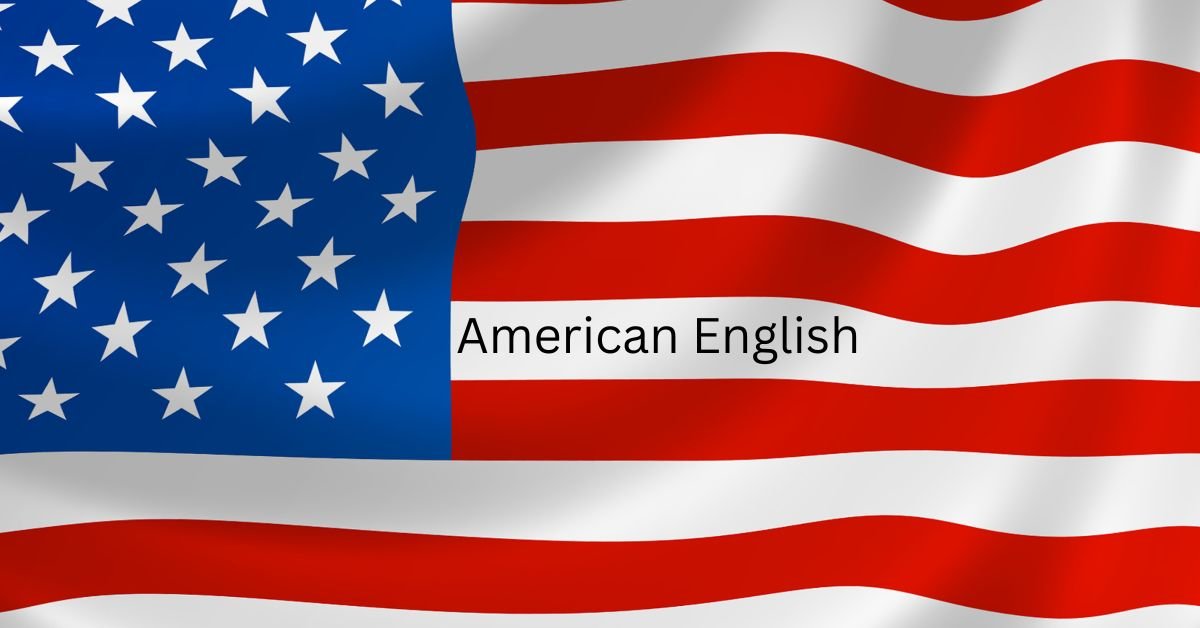American English A Land of Stars and Stripes
The English language, a majestic force that binds cultures across the globe, flourishes in a vibrant tapestry of dialects. Among these variations shines American English (AmE), a dynamic and ever-evolving language that reflects the spirit of innovation and diversity that characterizes the United States. Whether you’re a writer crafting a compelling American character, a student seeking to master this dynamic dialect, or simply a curious explorer of language, this guide delves into the captivating world of AmE.
A Symphony of Accents The Melody of American English
AmE isn’t a monolithic entity, but rather a symphony of regional accents. From the crisp tones of the Northeast to the twangy drawl of the South, each region adds its own unique flavor to the language. Here’s a glimpse into some common AmE pronunciation features:
- The Great “R” Debate:
Perhaps the most iconic AmE trait is the clear and bold pronunciation of the “r” sound. Words like “car” are distinct and unwavering, and “water” retains its full “r” pronunciation.
- Vowel Variations:
AmE vowels tend to be shorter and more centralized compared to British English (BrE). The “a” in “bath” and “dance” is flatter, and the “o” in “hot” remains a short “o” sound.
- Melting Pot Influences:
The rich cultural heritage of the United States is reflected in AmE pronunciation. Spanish influences can be heard in some regions, particularly in the Southwest, while regional accents might borrow elements from Native American languages.
A Lexicon of Innovation: The Vocabulary of American English
AmE boasts a rich and ever-expanding vocabulary, constantly adapting to reflect the nation’s dynamism and entrepreneurial spirit. Here are some fascinating examples that might sound foreign across the pond:
- Everyday Items:
Forget “rubbish bins” – Americans toss their trash in “garbage cans.” “Chips” are transformed into “potato chips,” and “trousers” become “pants.” Fancy a “soda” (fizzy drink)? Perhaps a “cookie” (biscuit) to go with it?
- Informal Register:
AmE thrives on informality and slang. Feeling unwell? You might be “feeling under the weather.” Feeling overwhelmed? You’re likely “swamped.” Need to relax? Take a “chill pill.”
- Americanisms:
AmE is brimming with words and phrases unique to the American experience. A “drugstore” dispenses medication, while a “sidewalk” is where pedestrians walk.
Grammar: The Mechanics of AmE
While AmE shares the core grammar structure with BrE, some subtle differences exist:
- Collective Nouns:
AmE leans towards treating collective nouns like “government” or “team” as singular (“The government is taking action”).
- Past Participles:
Verbs like “get” have a slight variation. AmE might use “gotten” for the past participle (“I’ve gotten it”), while BrE often uses “got” (“I’ve got it”).
- Prepositions:
AmE often uses “on” for time (“meeting on Monday”) and “in” for a place (“meeting in the office”), while BrE might use “at” for both.
Spelling: A Streamlined Approach
AmE spelling reflects a tendency towards simplification:
- Double Trouble Reduced:
AmE streamlines double consonants in words like “traveled” and “canceled,” compared to BrE’s “traveled” and “canceled.”
- Color vs Colour:
Notice the absence of the “u” in words like “color” and “flavor,” reflecting a more streamlined approach.
- Organization vs. Organisation:
This is a prime example of AmE favoring the “-ize” ending in fewer words.
Beyond the Differences: The Global Reach of AmE
AmE transcends geographical boundaries, serving as the dominant language in North America and a powerful force in global media, technology, and pop culture. Mastering AmE opens doors to a vast array of educational resources, professional opportunities, and cultural experiences.
Top Tips for Mastering AmE
- Immerse Yourself:
Surround yourself with AmE through movies, TV shows, and podcasts.
- Read Extensively:
Devour American literature, newspapers, and online publications.
- Engage with Natives:
Practice conversations with native AmE speakers or online language exchange platforms.
- Utilize Resources:
Online dictionaries like Merriam-Webster and grammar guides can be invaluable tools.
Conclusion: A Celebration of American English
American English (AmE), with its diverse accents, ever-evolving vocabulary, and streamlined grammar, is a language that pulsates with the energy of a nation in constant motion. It’s a testament to the power of innovation, a language that readily adapts to reflect the changing landscape of the United States. By delving into the world of AmE, you’re not just learning a set of rules – you’re opening a door to a land of opportunity, a vibrant literary tradition, and a dynamic culture.
The next time you encounter a delightful AmE colloquialism or a streamlined spelling, embrace it as an opportunity to celebrate the enduring legacy of this ever-evolving language. So, continue your exploration of American English – a journey that promises to broaden your horizons, enrich your communication skills, and connect you to the vibrant spirit of the United States.










I believe you have remarked some very interesting details , thankyou for the post.
Wonderful beat ! I wish to apprentice while you amend your website, how can i subscribe for a blog web site? The account helped me a acceptable deal. I had been tiny bit acquainted of this your broadcast offered bright clear concept